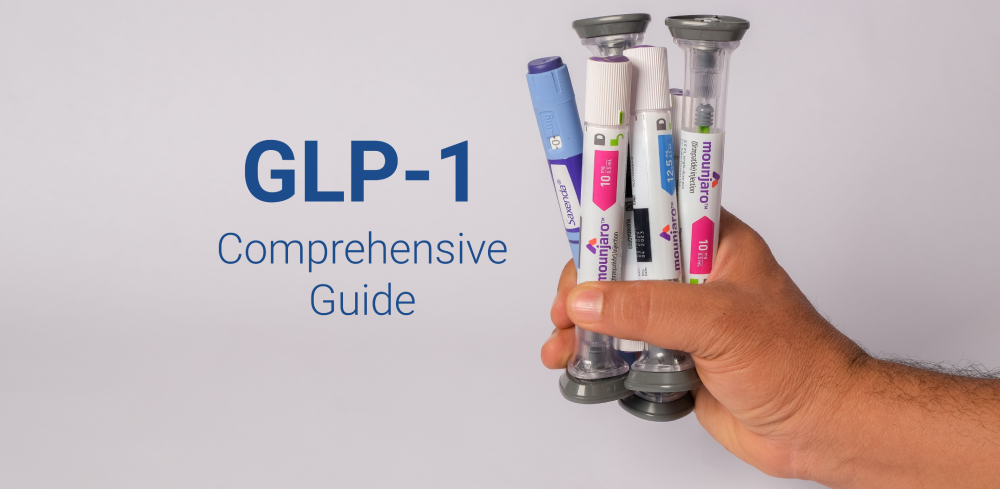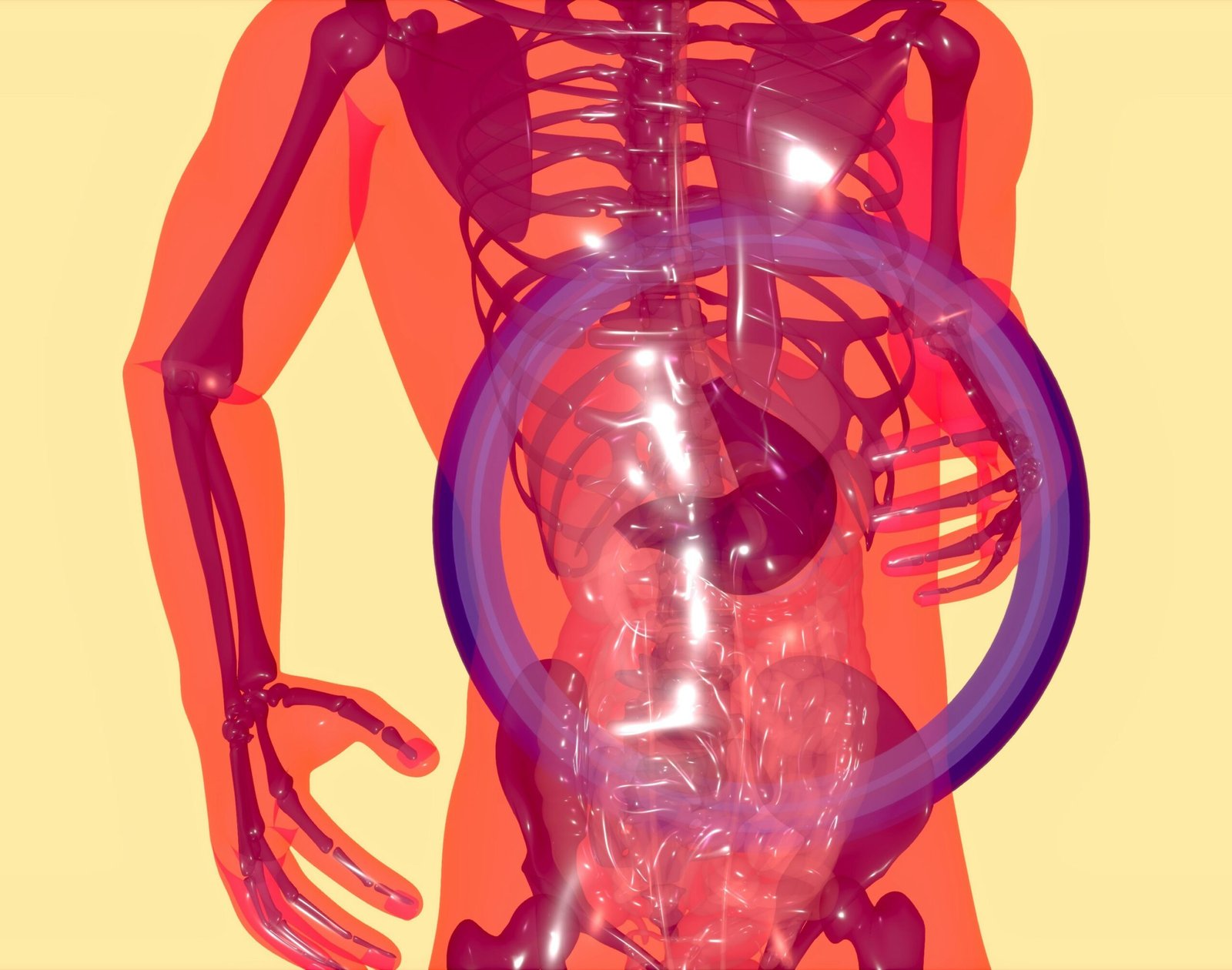Understanding Healthy Concerns During Halloween
Halloween is often characterized by festive celebrations, costumes, and an abundance of sugary treats, especially for children. While this holiday can be a source of joy and creativity, it is essential to recognize the health-related concerns that can accompany the festivities. Excessive consumption of sugary candies can pose significant risks to children’s health, leading to issues such as obesity, dental cavities, and a spike in hyperactivity. Moderation is particularly critical during this time, as the temptation of sweets is heightened with the abundance of treats received during trick-or-treating.
Additionally, parents should be vigilant about the potential for allergies. Many commercially available candies contain common allergens such as nuts, dairy, or gluten, which can pose serious health threats to children with sensitivities. Carefully reviewing ingredient labels and opting for allergy-friendly alternatives can help mitigate these risks. Furthermore, it is crucial to supervise children while they enjoy their treats, ensuring that they consume them safely and do not exceed reasonable quantities.
Another aspect of health concerns during Halloween is related to choking hazards, particularly with small candies and hard sweets. Young children are at a greater risk of choking, and parents must be attentive to the types of treats they allow their children to indulge in. Offering larger, safer alternatives or closely monitoring consumption can help alleviate this worry. In essence, while Halloween offers a delightful experience filled with costumes and playful activities, awareness of these health-related concerns is vital for ensuring children celebrate safely and healthily during this festive season.
Preventing Accidents and Ensuring Safety
Halloween, a festive season filled with fun and excitement, requires an emphasis on safety to ensure that all participants enjoy a secure environment. One of the primary activities during this time is trick-or-treating, which traditionally involves children visiting homes to collect candy. It is essential to establish safety measures to prevent accidents while enjoying these festivities.
Children should always be accompanied by an adult or responsible older sibling while out trick-or-treating. This companionship not only increases their safety but also enhances their enjoyment of the event. Opting for well-lit streets is imperative; dark or poorly lit areas pose risks as they can hide potential hazards. Parents should consider planning a route in advance, choosing neighborhoods that are known for their Halloween spirit and safety.
Costumes play a crucial role during Halloween, and selecting the right outfit can help mitigate risks. Reflective materials should be incorporated into costumes or accessories to improve visibility for both the children and motorists. Avoiding long, flowing garments can also prevent tripping accidents. Additionally, masks should fit properly to ensure that visibility is not hindered, allowing children to navigate their surroundings safely.
After the candy collection, it is crucial to store and handle treats with care to avoid choking hazards. Parents should inspect the haul to discard any unwrapped or damaged candy. By teaching children about potential risks associated with specific types of candy, such as those that pose choking hazards, we can foster safer practices. Lastly, Halloween decorations, while festive, can create potential dangers. Ensuring that walkways are clear and that decorations are securely positioned can help prevent slips and falls.
By adopting these preventive measures and focusing on the safety aspects of Halloween, we can promote a fun-filled, enjoyable experience for all participants.
Healthier Alternatives to Traditional Halloween Treats
Halloween often evokes images of sugary sweets, chocolate bars, and candy corn lining the streets. However, as an alternative to conventional sugary treats, there are various healthier options that can make this festive occasion enjoyable without compromising one’s health. Parents can get creative in the kitchen, preparing homemade Halloween treats that are both delicious and lower in sugar. Incorporating fruits, oats, or natural sweeteners can transform traditional recipes into wholesome delights.
One innovative idea involves creating fruit skewers that resemble spooky figures. Using bananas, grapes, and melon, these colorful treats can be crafted into jack-o’-lanterns or ghostly characters. Another option is to make energy bites by combining oats, nut butter, and a small amount of honey, then rolling them into bite-sized balls. These treats are nutritious and provide a satisfying crunch without the excessive sugar often found in commercial candies.
In addition to homemade treats, consider incorporating better snack options into the Halloween festivities. Vegetable sticks paired with hummus can serve as a crunchy and satisfying alternative to traditional snacks. Whole-grain crackers with cheese provide a fun and nutritious way to enjoy Halloween-themed parties, especially for young children. Furthermore, non-food treats such as stickers, temporary tattoos, or small toys can be distributed alongside or in place of candy. These options not only reduce sugar intake but can also inspire creativity during the season.
By emphasizing healthy alternatives to classic Halloween treats, families can enjoy the holiday while prioritizing nutrition. These creative ideas not only satisfy the festive spirit but also promote better dietary habits, ensuring that everyone can revel in the joy of Halloween without the worry of excessive sugar consumption.
Being healthy Halloween
As we reflect on the various aspects of Halloween, it is vital to underscore the importance of balancing enjoyment with health-conscious decisions. Halloween is often characterized by the joyous celebrations, vibrant costumes, and an abundance of treats; however, keeping health and safety at the forefront should be a priority for families. The guidelines discussed throughout this post provide a framework for maintaining a fun atmosphere while minimizing health risks associated with excessive sugar consumption during this festive season.
Implementing safety measures, such as ensuring children are visible while trick-or-treating and practicing food safety with treats, will contribute to a worry-free Halloween. Encouraging children to understand the significance of moderation when it comes to their candy haul is equally important. This understanding can foster healthier eating habits that extend beyond the Halloween season. Parents can lead by example, setting boundaries around treats while introducing healthier alternatives that are equally festive and appealing.
Ultimately, creating enjoyable experiences for children does not have to come at the expense of their health. Emphasizing the joy of Halloween traditions, such as pumpkin carving or crafting spooky-themed snacks, can prove rewarding without contributing to excessive sugar intake. We invite readers to share their healthy Halloween tips and engage their communities in discussions about safe practices. Together, we can ensure that Halloween remains a celebration that brings joy and fun while also prioritizing the health and wellbeing of our children.





























